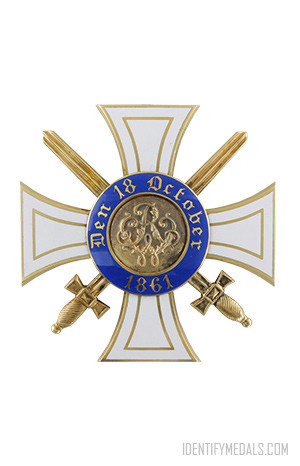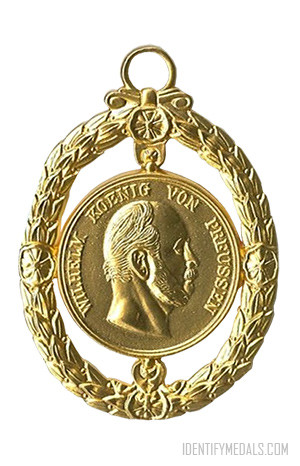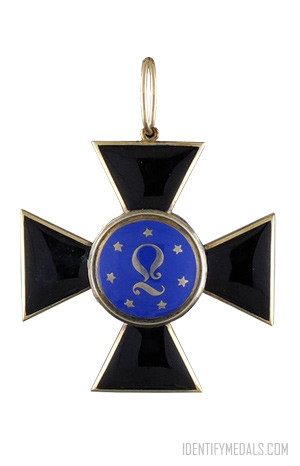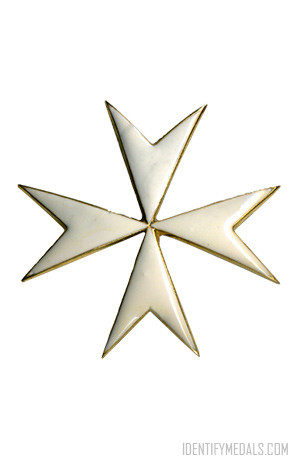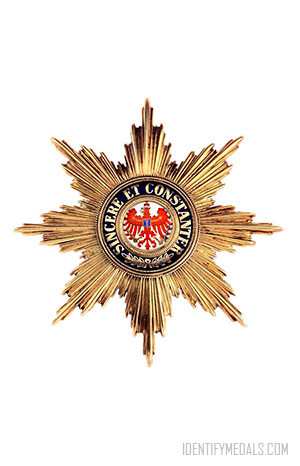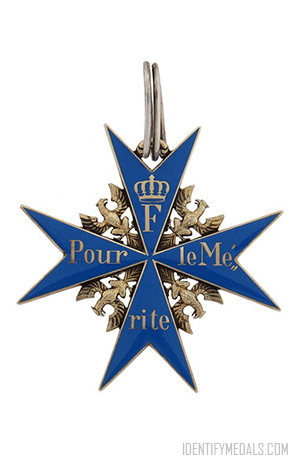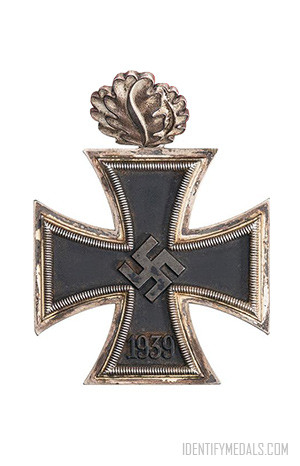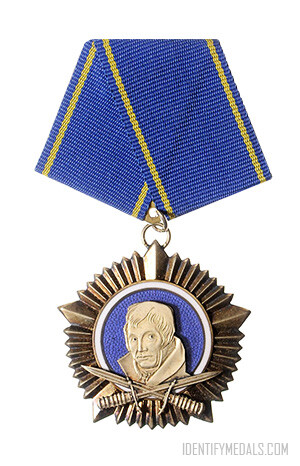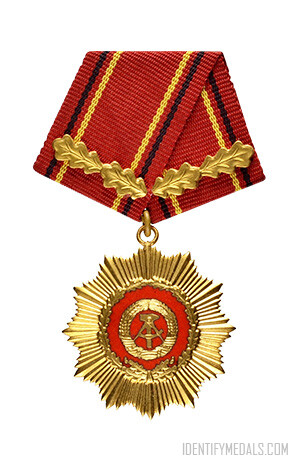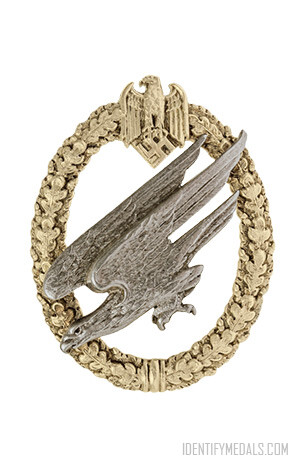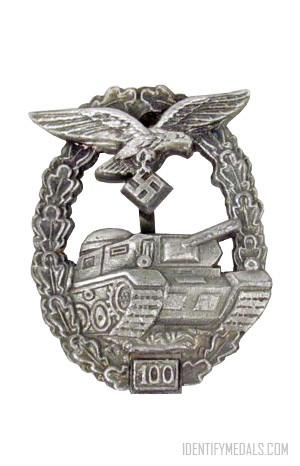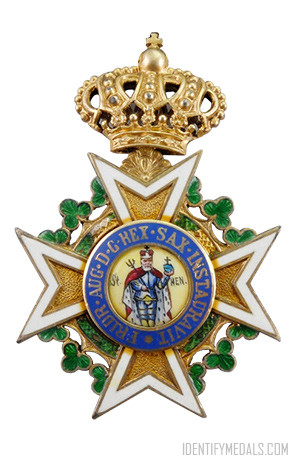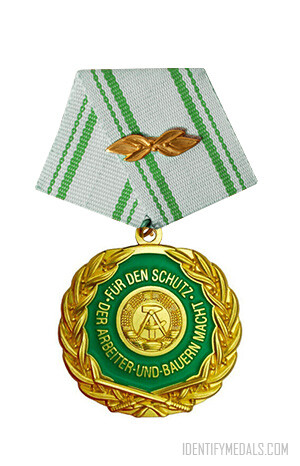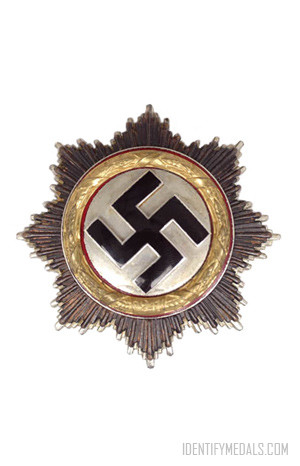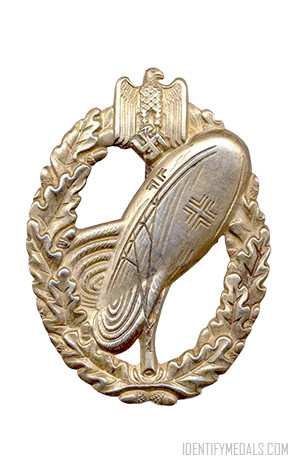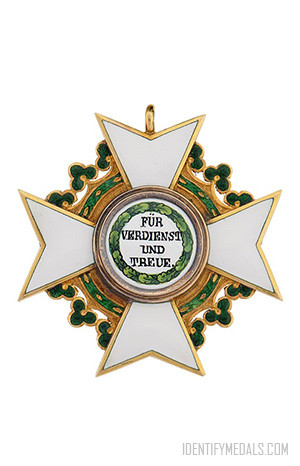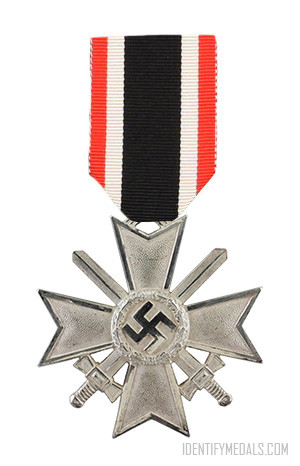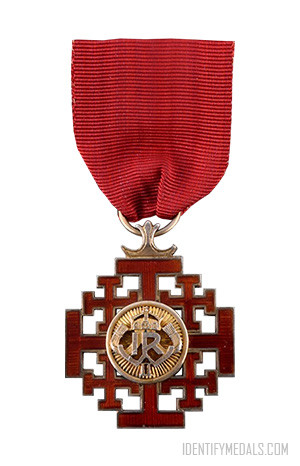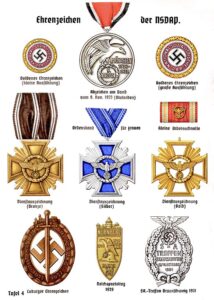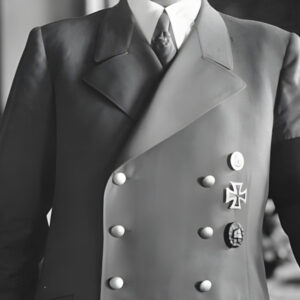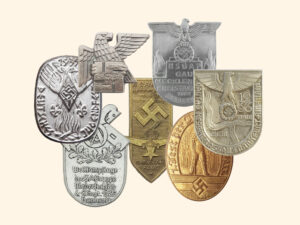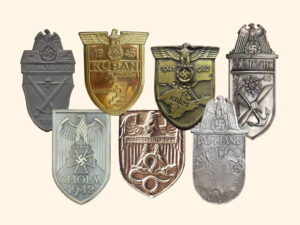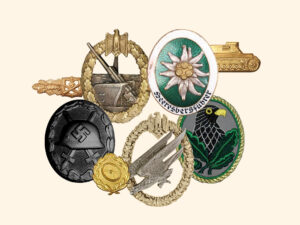- Time Period: Pre-WW1
- Institution: 1861
- Country: Germany (Kingdom of Prussia)
The Royal Order of the Crown (or Königlicher Kronen-Orden in German) was a Prussian order of chivalry instituted in 1861 as an honour equal in rank to the Order of the Red Eagle (officially both orders were equal, but most officials preferred to be appointed in the older Order of the Red Eagle).
Membership could only be conferred upon commissioned officers (or civilians of equivalent status), but there was a medal associated with the order which could be earned by non-commissioned officers and enlisted men.
The Order had six classes:
- Grand Cross – wore the Grand Cross badge on a sash on the right shoulder, plus the star on the left chest;
- 1st Class – wore the badge on a sash on the right shoulder, plus the star on the left chest;
- 2nd Class – wore the badge on a necklet, plus the star on the left chest;
- 3rd Class – wore the badge on a ribbon on the left chest;
- 4th Class – wore the badge on a ribbon on the left chest;
- Medal – wore the medal on a ribbon on the left chest.
The Order of the Crown Design
The insignia of the order could be awarded in dozens of variations. For example with superimposed Cross of Geneva (Red Cross – normally given to doctors for meritorious service), with swords and with oak leaves. The badge for the 1st to 4th classes is a gilt cross pattée with white enamel (except for the 4th Class, which was plain).
The obverse gilt central disc bears the crown of Prussia surrounded by a blue enamel ring bearing the motto of the German Empire “Gott Mit Uns” (“God With Us”).
The reverse gilt disc has the Prussian royal monogram, surrounded by a blue enamel ring with the date 18 October 1861.
The star of the Order is (for Grand Cross) a gilt eight-pointed star, (for 1st Class) a silver eight-pointed star, or (for 2nd Class) a silver four-pointed star, all with straight rays.
The ribbon of the Order is blue.
More Prussian Orders
Throughout Prussian history, these orders played a significant role in the social hierarchy and served as tangible expressions of royal favor and recognition. They continued to be awarded even after the dissolution of the Kingdom of Prussia, remaining as enduring symbols of valor, service, and honor in German society. Here are some more about Prussian Orders:

